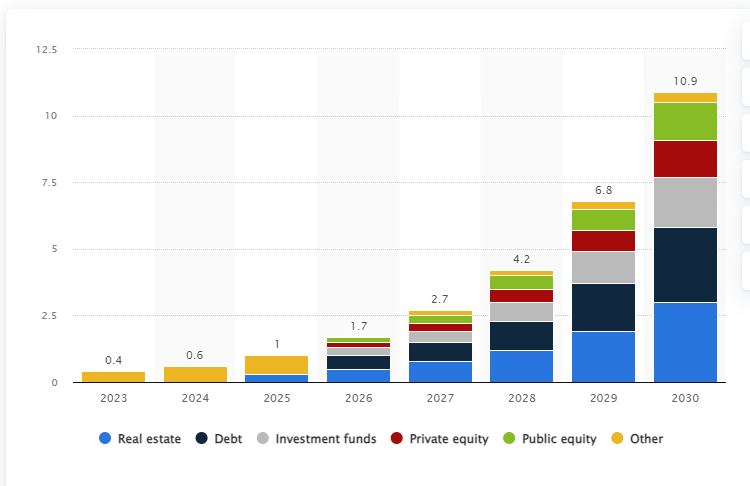
Tech Consultant


Embrace the power of AI-powered SEO and stay ahead of the competition. Start by exploring cutting-edge tools like Surfer SEO, Frase, or SEMrush to optimize your content, target the right keywords, and drive more traffic to your website
Let’s build your idea together and serve society.
Build a Transparent, Scalable Carbon Credit Marketplace with Blockchain.